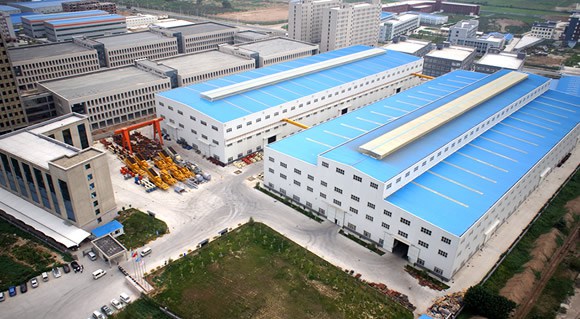High Pressure Grinding Mill
- Product Details
- Company Profile
High pressure grinding mill is commonly known as high pressure suspension grinding mill, widely used in barite, limestone, ceramic, slag, and other non-flammable materials with Mohs hardness not greater than 9.3 and humidity less than 6%. High pressure grinding mill is mainly composed of host, blowers, superfine analysis machine, cyclone dust collector, bag type dust collector and connecting pipes.
Feeding Size: ≤15 - ≤25 mm
Height of Pulverizing Roller: 210 - 300 mm
Rotate Speed of Central Shart: 140 - 180 r/min
High Pressure Grinding Mill Introduction:
High pressure grinding mill is commonly known as high pressure suspension grinding mill, widely used in barite, limestone, ceramic, slag, and other non-flammable materials with Mohs hardness not greater than 9.3 and humidity less than 6%. High pressure grinding mill is mainly composed of host, blowers, superfine analysis machine, cyclone dust collector, bag type dust collector and connecting pipes.
High Pressure Grinding Mill Features:
1. Wide application.
2. Increase pressure to 800-1200KG.
3. Save one third energy than similar products.
4. Low investment, great benefit.
5. Larger feeding size.
6. The electrical system adopts centralized control, with convenient maintenance.
7. Good dust collecting effect.
High Pressure Grinding Mill Working Principle:
1. Inside the grinding room of the micro powder mill, the grinding roll assembly hangs on the cradle of the grinding roll through the corss arm.
2. The cradle of the grinding roll, principal axis and the relieving tool post are fixed and connected and the pressure spring tightly presses on the outside end of the cantilever of the bearing room of the grinding roller through the tension bar.
3. The cross arm bearing is the supporting point, and the grinding roll is tightly pressed to the surface of the inner circle of the grinding ring through the spring pressure.
4. When electro motor rotates through the transmission device, the relieving tool on the relieving tool post and the grinding roll will synchronously rotate, and the grinding roll also rotates around itself while rolling on the surface of the inner circle of the grinding ring, and the analytical engine drives the impeller to rotate through the transmission device, and the adjustment of the speed of the analytical engine will determine the fineness of the final powders.














 Free Member
Free Member 0
0 Chinese
Supplier
Chinese
Supplier



